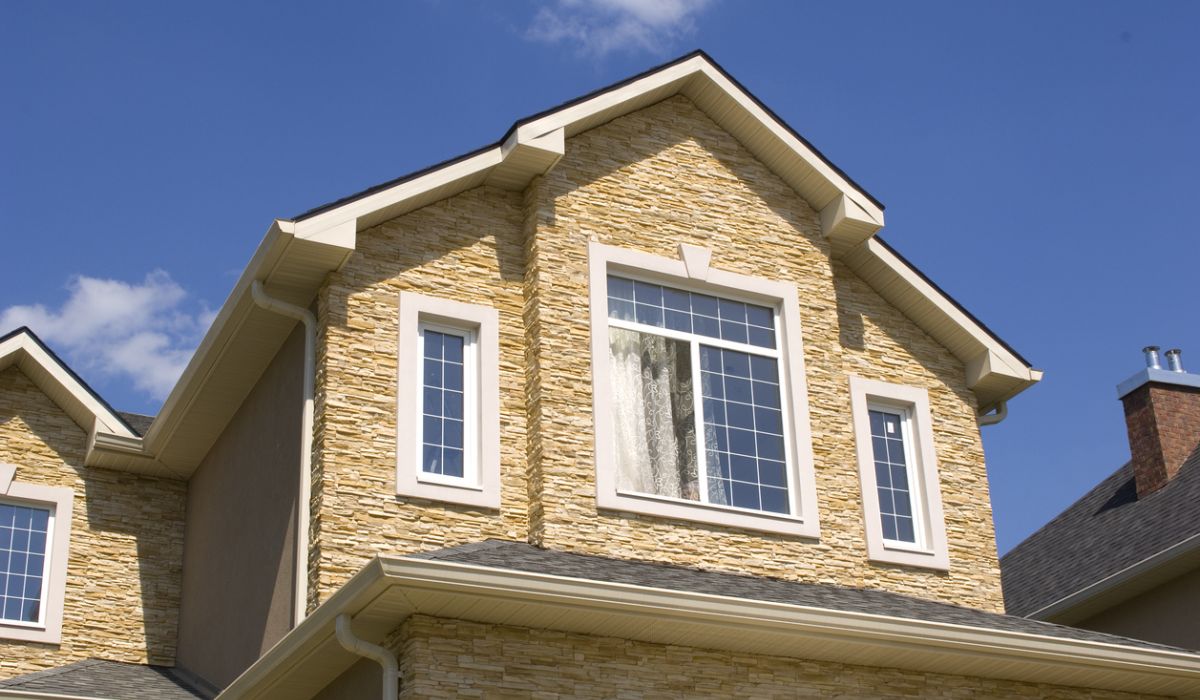
How To Get Consent For A Mansard Extension
Have you been thinking about adding a new extension to your home? Have you decided on a Mansard extension?
A mansard extension is an architectural design that modifies the upper portion of a building to create additional living space, typically by altering the roof into a steeply sloped structure with windows.
This type of extension efficiently maximises space within existing building boundaries and enhances a property’s aesthetic appeal. However, obtaining the necessary planning consent is crucial before embarking on such a significant alteration.
Securing this approval is essential to ensure that the extension complies with local building regulations and planning guidelines, thus avoiding legal complications and ensuring the integrity and value of the project are upheld.
Our team at Detailed Planning have been offering Mansard extensions in London and the surrounding areas for several years; if you are looking for advice and guidance, we are the team that can help you!
Understanding Planning Permission
Planning permission is a regulatory measure enforced by local authorities in the UK to manage and control land use and development. It is essential to ensure that any alterations or constructions, such as a mansard extension, are appropriate for their location, adhere to safety standards, and harmonise with the surrounding environment.
For a mansard extension, which significantly alters the roofline and structure of an existing building, obtaining planning permission is crucial. This consent helps to prevent potential disputes with neighbours and ensures that the extension complies with specific aesthetic and structural regulations of the local area.
Without this approval, the extension could face enforcement actions such as alteration orders or, in extreme cases, demolition, highlighting the importance of securing permission before construction begins.

What Is The Application Process For A Mansard Extension?
The application process for a mansard extension involves several key steps that must be meticulously followed to secure planning permission. Initially, you should thoroughly research your local council’s planning guidelines, as these can vary significantly across different areas.
Once you understand these requirements clearly, you’ll need to engage a qualified architect or planner to create detailed drawings and plans of the proposed extension. These plans should illustrate all aspects of the building, including elevations and cross-sections. Following this, submit your application through your local council’s planning portal with the necessary documents and payment of the application fee.
The council will then undertake a consultation period, during which neighbours and other stakeholders can provide feedback. Finally, the council will assess your proposal against local planning policies and guidelines before deciding, typically within eight weeks of the application submission.
During this process, it’s crucial to remain proactive and responsive to any inquiries or concerns the planning authority raises.
Design Considerations For Mansard Extensions
Several key factors must be considered when designing a mansard extension to ensure the project receives planning consent. First and foremost, the design should respect and complement the existing architectural style of your home and the local area.
It’s crucial to select materials that match or enhance the existing structure and to consider the roof pitch and window styles to maintain a cohesive look. Privacy and overshadowing are also significant concerns; the extension should not adversely affect the light or privacy of neighbouring properties.
To align your design with local planning guidelines, thoroughly review your local council’s development plans and consult with planners or architects familiar with the area.
This due diligence will not only streamline the approval process but also increase the likelihood of a favourable outcome by demonstrating a commitment to maintaining the character and standards of the local community.

How To Engage With Your Local Planning Authority
Engaging effectively with your local planning authority is pivotal in smoothing the application process for a mansard extension. Establishing a positive working relationship can be facilitated by scheduling pre-application meetings to discuss your plans and gather feedback before formal submission.
These discussions can provide valuable insights into potential objections or concerns, allowing you to address them proactively in your application. Be transparent and cooperative, providing all requested information promptly and demonstrating flexibility in adapting your plans based on their suggestions.
Additionally, it is helpful to understand the common grounds for objections, such as issues related to privacy, light, or aesthetic incongruity with the neighbourhood.
By addressing these concerns early in your design process and communicating how you have mitigated potential adverse impacts, you can enhance your application’s chances of success and foster a collaborative relationship with the planning authority.
What Can You Do About A Rejection And How To Appeal?
If your application for a mansard extension is rejected, it is essential to review the reasons the planning authority provides carefully.
Common grounds for rejection include issues with the design being out of character with the local area, potential negative impacts on neighbours’ light or privacy, and non-compliance with specific local planning policies.
If your application is unsuccessful, consider contacting the planning officer for a detailed explanation and advice on how to amend your plans. You may then revise your proposal to address the concerns raised and resubmit your application.
If you believe the decision was unfounded and your revised proposal does not lead to approval, you can appeal to the Planning Inspectorate.
This appeal should be made within six months of the rejection, and you will need to present a strong case, possibly with expert representation, to challenge the council’s decision effectively.

Speak To Our Architects At Detailed Planning Today For More Information!
If you’re considering a mansard extension and need expert guidance, speaking to our architects at Detailed Planning is an excellent first step.
Our team of experienced professionals is equipped to provide you with tailored advice that aligns with local planning regulations and enhances the potential of your property.
We offer comprehensive support throughout the planning and design process, ensuring that your project meets all necessary legal requirements and achieves your aesthetic and functional goals.
Contact Detailed Planning today to discover how we can help you navigate the complexities of your extension project and turn your vision into reality.



